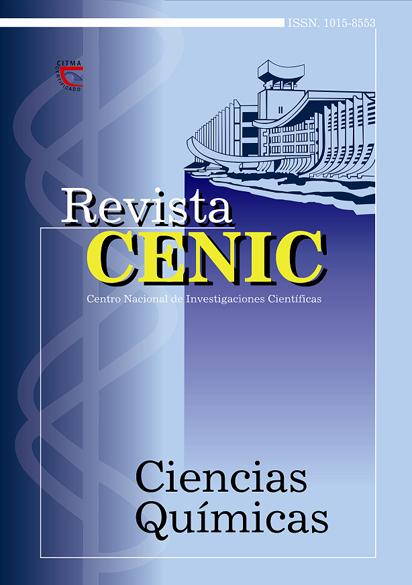Application of X-ray Fluorescence to Numismatics. Medal study of Cuban schools (1850-1960)
Abstract
This work presents the determination of intrinsic values (metal alloy composition) of medals, using a laboratory
developed portable X-Ray Fluorescence (XRF) spectrometer based in miniaturized low power X-ray tube (max. 50 kV 1
mA, Pd anode) and Si-PIN detector. The analyses were carried out without sampling or contact with surface of medals.
The application of this non destructive analytical method in Numismatic is demonstrated and exemplified with the study
of a collection of Cuban primary schools medals (1850-1960). The medals are characterized through the concentrations of
metals and pigments. Anachronisms and metal alloy were identified in medals of year’s 50s (XX). Questions about Cuban
or North American provenance or attribution to specific Cuban jeweller’s workshop of the non marked medals of the
collection were answered through the analysis of bivariate plots of XRF characteristic line area of marker metals: Ni/Cu
vs. Zn/Cu y Au/Cu vs. Zn/Cu. Significant differences between attributed medals of the Havana’s jewelleries: Fuentes &
Alvarez and Bustamante y Hnos. and the North American jewelleries: Art Co. and Green Duck Co., which allows to
attribute the non marked medals granted by Cuban schools . The metal concentrations of 22 most important medals of
this collection were calculated using the external standard method and certified standard reference materials.

Downloads
Published
How to Cite
Issue
Section
License

This work is licensed under a Creative Commons Attribution-NonCommercial-ShareAlike 4.0 International License.
Los autores que publican en esta revista están de acuerdo con los siguientes términos:
Los autores conservan los derechos de autor y garantizan a la revista el derecho de ser la primera publicación del trabajo al igual que licenciado bajo una Creative Commons Atribución-NoComercial-CompartirIgual 4.0 que permite a otros compartir el trabajo con un reconocimiento de la autoría del trabajo y la publicación inicial en esta revista.
Los autores pueden establecer por separado acuerdos adicionales para la distribución no exclusiva de la versión de la obra publicada en la revista (por ejemplo, situarlo en un repositorio institucional o publicarlo en un libro), con un reconocimiento de su publicación inicial en esta revista.
Se permite y se anima a los autores a difundir sus trabajos electrónicamente (por ejemplo, en repositorios institucionales o en su propio sitio web) antes y durante el proceso de envío, ya que puede dar lugar a intercambios productivos, así como a una citación más temprana y mayor de los trabajos publicados (Véase The Effect of Open Access) (en inglés).













